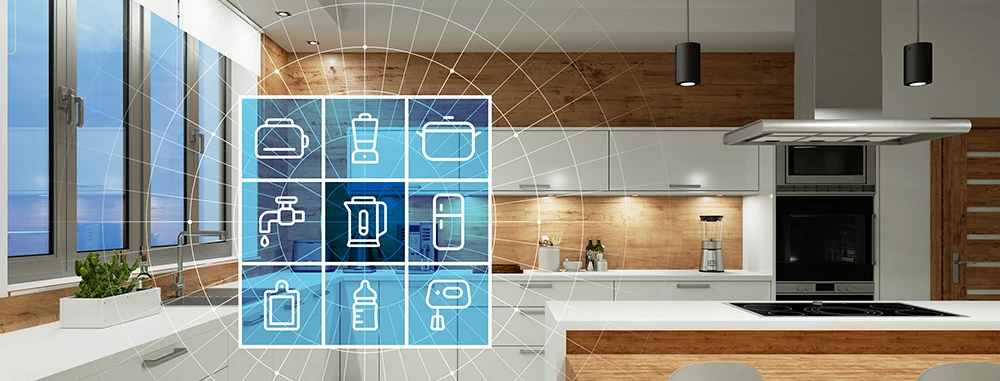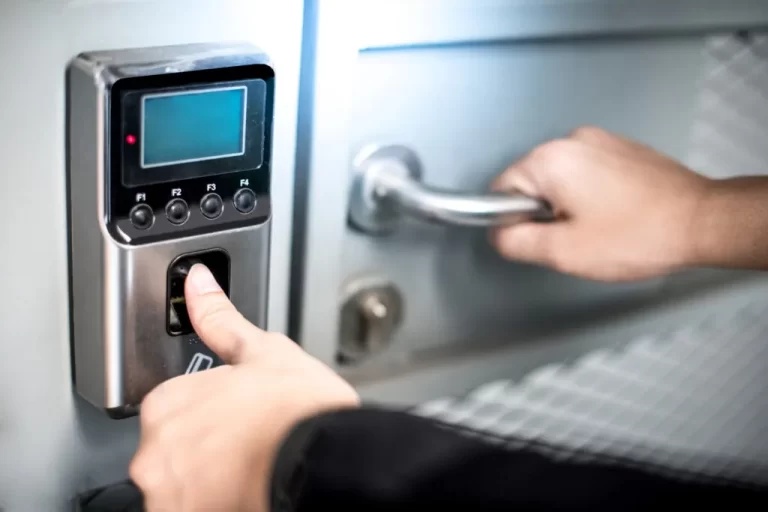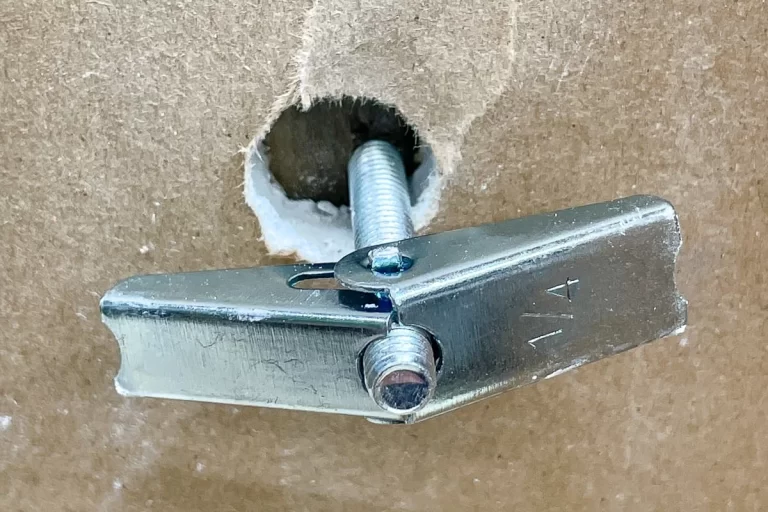Smart Home Technology for Apartments
The benefits of smart home technology for apartments are numerous. In this article, we explore how smart home technology can be integrated into apartment living, providing residents with convenience, security, and energy efficiency.

Smart Home Technology for Apartments
Smart home technology refers to the integration of various devices and systems within a home, allowing homeowners to control and automate tasks remotely.
This technology utilizes the Internet of Things (IoT) to connect devices, enabling seamless communication and data exchange.
While traditionally associated with single-family homes, smart home technology is now being adapted for apartment living.
Popular Smart Home Technology for Apartments
Several well-established brands offer a wide range of smart home devices suitable for apartments:
1. Google Nest
Google Nest offers a variety of smart devices, including thermostats, cameras, and smart speakers, all compatible with Google Assistant.
2. Amazon Alexa
Amazon Alexa’s ecosystem allows residents to control a plethora of devices using voice commands, making it a popular choice for smart apartments.
3. Apple HomeKit
Apple HomeKit integrates seamlessly with Apple devices, providing residents with an interconnected smart home experience.
4. Samsung SmartThings
Samsung SmartThings offers a comprehensive range of smart devices, allowing residents to customize their smart home setup.
Advantages of Smart Home Technology in Apartments
Here are some major advantages of smart home technology in apartments:
1. Convenience and Automation
One of the primary advantages of smart home technology is the convenience it offers. Residents can control various aspects of their apartments using smartphones or voice commands.
For instance, adjusting the thermostat, turning lights on or off, or even locking the front door can all be done remotely.
2. Energy Efficiency
Smart home technology promotes energy efficiency, a crucial aspect for apartment dwellers. Smart thermostats can learn the residents’ habits and adjust the temperature accordingly, leading to energy savings.
Additionally, smart lighting systems can automatically turn off lights in unoccupied rooms, reducing energy wastage.
3. Enhanced Security
Security is a top priority for apartment residents. Smart home technology provides advanced security features such as surveillance cameras, motion sensors, and smart locks.
These devices offer peace of mind, allowing residents to monitor their apartments remotely and receive instant notifications in case of any security breaches.
4. Improved Comfort and Ambiance
Smart home technology enhances the overall living experience by creating a comfortable and personalized environment.
Residents can set the ambiance with smart lighting that adjusts color and intensity, creating a relaxing atmosphere after a long day.
Key Components of Smart Home Technology
To create a fully functional smart apartment, several key components are necessary:
1. Smart Lighting Systems
Smart lighting allows residents to control the brightness, color, and scheduling of lights. Some systems even adapt to natural light levels, optimizing energy usage.
2. Smart Thermostats
Smart thermostats learn the residents’ preferences and adjust the temperature accordingly, leading to energy savings and enhanced comfort.
3. Home Security and Surveillance
Smart security devices include cameras, motion sensors, and smart locks, offering residents peace of mind and a sense of security.
4. Voice-Activated Assistants
Voice-activated assistants such as Amazon Alexa or Google Assistant enable residents to control various devices using voice commands, adding convenience to daily routines.
5. Smart Home Entertainment
Smart home technology also extends to entertainment systems, allowing residents to control audio and video devices with ease.
Considerations for Implementing Smart Home Technology in Apartments
Before diving into smart home technology, residents should consider the following aspects:
1. Compatibility and Integration
Ensure that the chosen smart devices are compatible with each other and can be seamlessly integrated into the existing apartment infrastructure.
2. Privacy and Data Security
Since smart devices collect data, residents must prioritize privacy and choose devices with robust data security measures.
3. Budget and Cost Considerations
While smart home technology offers numerous benefits, it’s essential to set a budget and choose devices that align with your financial capabilities.
4. Ease of Use and Accessibility
Select devices that are user-friendly and easy to manage, especially for those new to smart home technology.
Step-by-Step Guide to Transforming Your Apartment into a Smart Home

Converting an apartment into a smart home involves the following steps:
1. Assessing Your Needs and Priorities
Identify the specific areas of your apartment where smart technology can improve your lifestyle and meet your needs.
2. Selecting the Right Devices
Research and choose smart devices that align with your requirements and preferences.
3. Installation and Setup
Follow the manufacturer’s instructions to install and set up the devices properly.
4. Integration and Customization
Integrate all your smart devices into a cohesive system and customize settings according to your preferences.
5. Troubleshooting and Support
Be prepared to troubleshoot any potential issues and seek technical support when needed.
The Future of Smart Home Technology for Apartments
As technology continues to advance, smart home technology is expected to become even more sophisticated and accessible for apartment dwellers.
More innovations will focus on improving energy efficiency, interconnectivity, and user experience.
Conclusion
Smart home technology has become a game-changer for apartment dwellers, providing an enhanced living experience with its convenience, security, and energy-saving capabilities.
By carefully selecting and integrating the right devices, residents can create a personalized and futuristic home environment that suits their needs and preferences.
READ ALSO!!!




